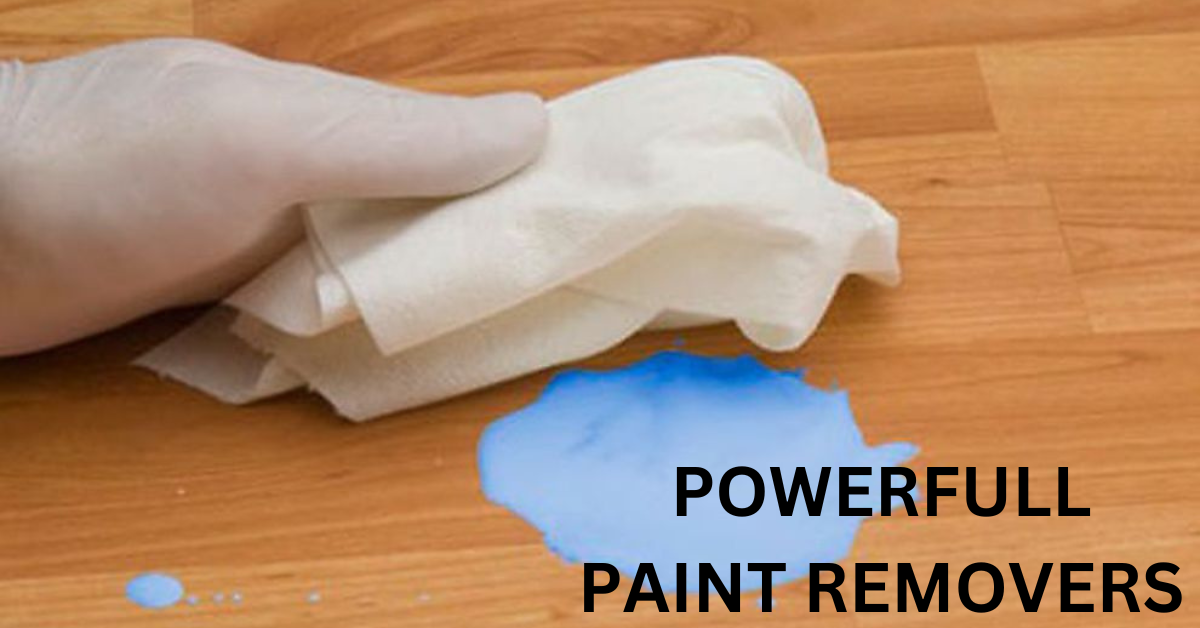Table of Contents
Paint removal is often an overlooked yet crucial step in renovation and restoration projects. Whether you’re preparing a surface for a fresh coat of paint or restoring the original beauty of wood or metal, effective paint removal sets the foundation for a successful outcome. In this guide, we’ll delve into various techniques and solutions to strip away layers of paint, providing powerful solutions for your projects.
Understanding Paint Types
Before diving into the removal process, it’s essential to understand the different types of paint and their compositions. Paint composition varies widely, impacting the effectiveness of removal techniques. From latex and oil-based paints to epoxy and acrylics, each type requires a tailored approach. For instance, oil-based paints may be more stubborn and require stronger solvents, while latex paints may respond better to mechanical methods. Identifying the paint type beforehand ensures you choose the most suitable removal method, saving time and effort in the long run.
Mechanical Paint Removal Methods
Mechanical methods involve physically removing paint using tools such as sanders, scrapers, and abrasive blasting equipment. Sanders, including orbital sanders and detail sanders, are effective for smaller areas and intricate details, providing precision and control. Scrapers, such as putty knives and paint scrapers, excel at removing thick layers of paint, especially on flat surfaces. Abrasive blasting, such as sandblasting or soda blasting, is ideal for larger surfaces like brick or concrete, where mechanical methods may be impractical. These methods offer versatility and efficiency, making them valuable assets in paint removal projects of all scales.
Chemical Paint Strippers
Chemical paint strippers utilize powerful solvents to dissolve paint layers, making removal easier and faster. There are various types available, including gel, liquid, and paste formulations, each suited to different applications. Gel strippers are ideal for vertical surfaces, allowing for easy application and prolonged contact time. Liquid strippers are effective for larger areas, while paste strippers offer concentrated strength for stubborn coatings. When using chemical strippers, it’s crucial to follow safety precautions, such as wearing protective gear and ensuring adequate ventilation. Despite their effectiveness, chemical strippers require careful handling due to their potentially hazardous nature.
Heat-Based Paint Removal
Heat-based methods involve using heat guns or torches to soften paint, making it easier to scrape away. This technique is particularly useful for removing multiple layers of paint or paint on irregular surfaces. Heat guns provide controlled heat application, allowing for precise paint removal without damaging the underlying surface. Torch methods, such as infrared heat or open flame, are effective for larger areas but require caution to prevent surface damage or fire hazards. Proper technique and safety measures are essential when employing heat-based paint removal methods.
Environmental Considerations
In an era of growing environmental awareness, it’s crucial to consider the ecological impact of paint removal methods. Fortunately, there are environmentally safe alternatives available, such as biodegradable strippers and low-emission heat guns. Proper disposal of paint waste and stripper residues is also crucial to minimize environmental harm. By prioritizing sustainability, you can achieve effective paint removal while reducing your ecological footprint.
Case Studies and Demonstrations
Real-life examples and demonstrations provide valuable insights into paint removal techniques. From historical restoration projects to DIY home renovations, case studies showcase the practical application of various removal methods. Demonstrations offer step-by-step guidance, illustrating the effectiveness of each technique in action. By learning from these experiences, you can better navigate your own paint removal endeavors and achieve professional-quality results.
Tips and Tricks for Effective Paint Removal
Expert advice and insider tips can significantly improve your paint removal outcomes. Whether it’s choosing the right tools, avoiding common pitfalls, or implementing clever DIY hacks, these insights empower you to achieve optimal results. By leveraging the knowledge shared by experienced professionals, you can tackle even the most challenging paint removal tasks with confidence and efficiency.
Conclusion
Effective paint removal is a critical aspect of many renovation and restoration projects. By understanding paint types and employing appropriate removal methods, you can achieve impressive results while minimizing time and effort. Whether you opt for mechanical, chemical, or heat-based techniques, safety and environmental considerations should always remain priorities. With powerful paint remover solutions at your disposal, you can strip away layers of paint to reveal the beauty beneath, transforming surfaces with precision and care.





